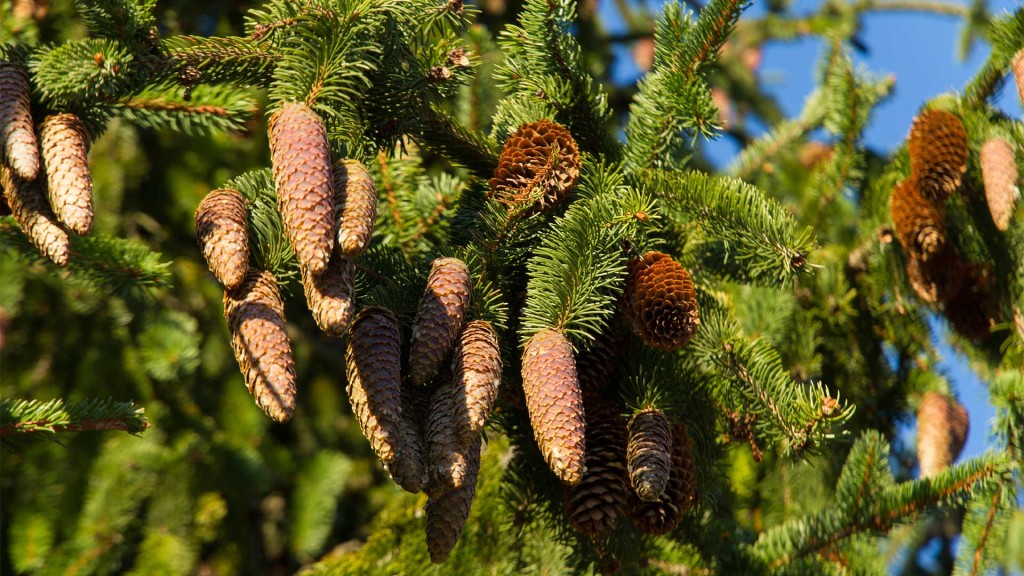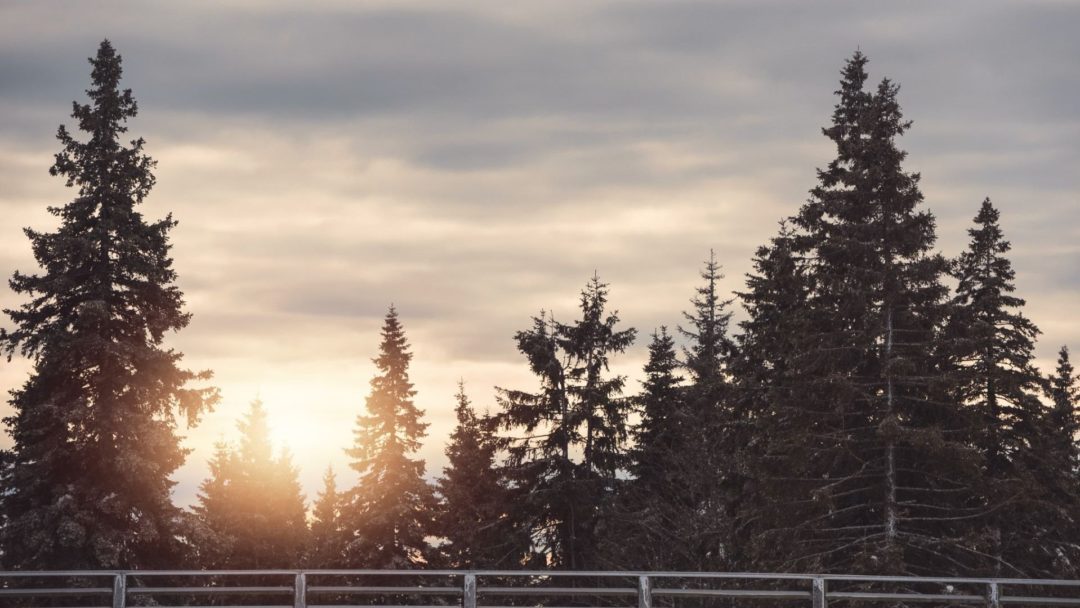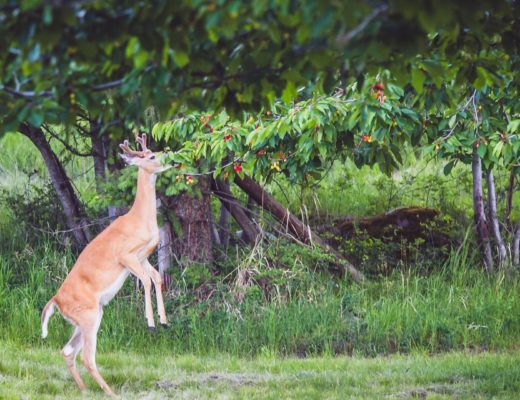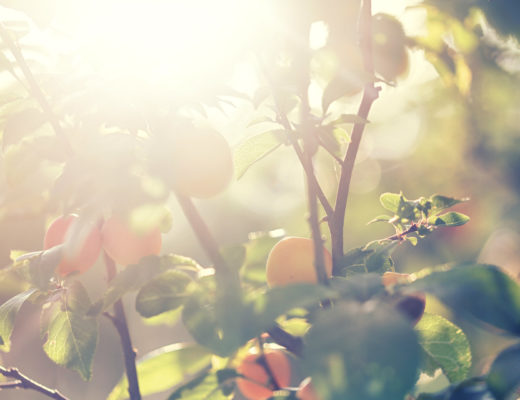Evergreen trees are wonderful for home landscapes because they offer year-round color, privacy, and soften hardscapes. They look great alone or layered with other trees and shrubs. Once of the most common features homeowners look for in a tree is the growth rate. Many people favor fast-growing trees for quick shade and privacy.
Check out these fast-growing evergreen trees that are hardy and stunning.
Norway Spruce
Picea abies

Norway spruce is a familiar sight in much of the United States, but it’s native to Europe. Throughout the globe, this tree is loved as a landscape specimen tree. Its dense branching pattern and tolerance of soil variations has also made it a popular tree for windbreaks. If you have enough space and want to add a sense of formal dignity to your landscape, the Norway spruce will suit you well.
Grows up to 3′ per year.
Hardiness zones 3–7.
Green Giant Arborvitae
Thuja standishii x plicata ‘Green’

The green giant arborvitae is a large, vigorous, fast-growing evergreen. Its natural pyramidal to conical form boasts dense, rich green foliage that darkens or bronzes slightly in the winter. This is an exceptional landscape tree for use as a screen, hedge or single specimen. It is also resistant to wind once established and can withstand heavy ice or snow, making it a good choice for a natural windbreak.
Grows up to 3′ per year.
Hardiness zones 5–7.
Read: 5 Windbreak Trees that will Blow you Away
Leyland Cypress
x Cupressocyparis leylandii

Noted for its rapid growth and slender shape, the Leyland cypress has found wide popularity over a large range of the United States. It grows well in a wide variety of soil and climate conditions and makes an excellent windbreak as it provides a dense barrier with good color all 12 months of the year. It also beautifies the landscape around homes, across campuses, and in parks.
Grows up to 3′ per year.
Hardiness zones 6–10.
Read: Top 10 Fast Growing Trees & Shrubs
Eastern White Pine
Pinus strobus

The eastern white pine has played a very important role throughout the history of America. In colonial days, the best of the trees were set apart by the king for masts on British ships. Today, it is still a valuable commercial tree but also favored in parks and spacious yards—both for its beauty and its fast growth. It has also been named the state tree of both Maine and Michigan.
Grows up to 3′ per year.
Hardiness zones 3–8.




What is the name of the evergreen tree that grows wild surrounding the Shenandoah Valley? .Some kind of cedar I think. I have seen it in the South too.
Kristine, those are Eastern Redcedar, or it can be spelled Eastern Red Cedar, but it is really a juniper. The trees give the Cedar Waxwing its name, as it loves the berries. Juniperus virginiana is its Latin name.
I am concerned with the trees you offer for planting. I know you save by buying in quantity, but I would like to see trees distributed that are native to the area where they are being sent.
Hi Julie,
We sell a mix of native and non-native species and choose trees that are known to thrive. As always, purchase species that will do well in your hardiness zone. The Tree Wizard is a great resource to see what will work in your area.
I’ve always loved the Cypress Tree ! We have them in abundance in our backyard!
I have planted over 50 Redwood & Seqouias here in Etowah County and they’re doing great. They are mainly in Southside and Rainbow City. Etowah County will be known for Redwoods!
That is Etowah County, Alabama!
The fastest growing tree that I know of is the California Coastal Redwood, which can grow 4′ or more per year. The only problem is that their needles can dry out in hot dry weather. They’re used to coastal fog. Misting them occasionally in the summer helps their growth